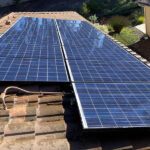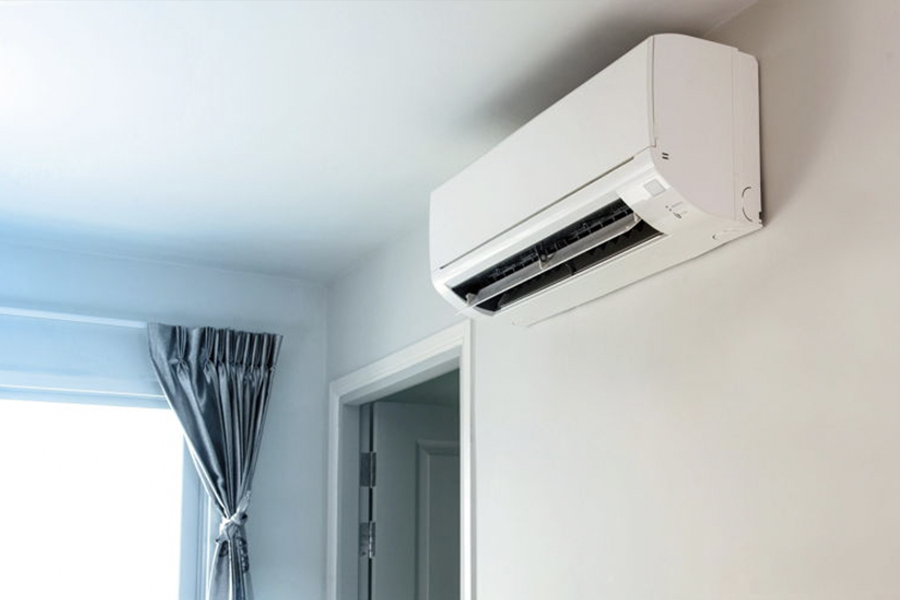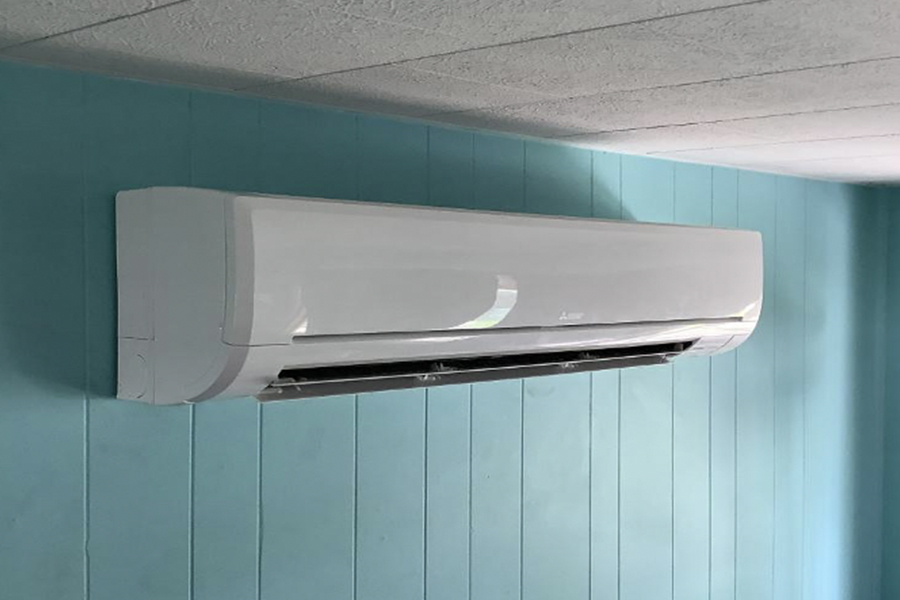Splits include air conditioners without channels or mini-splits without ducts. Similar to prior examples, these devices have internal and exterior units. Refrigerant pipes and wiring link these two components. Indoor units are often mounted on the wall at the desired interior location and provide direct ventilation. The refrigeration and heating process is carried out without ductwork, as implied by the names of these systems. Single-zone systems are the name given to this class of equipment. Systems without ducts can only cool a small area.
According to a specialist offering advanced ductless air conditioner in Mississauga, the internal unit of these systems installs the external unit in the public area to provide services and lessen sound transmission into the building. These two components alone are sufficient to create a small opening in the wall through which the wiring and refrigerant lines can pass. These systems are among the simplest and most effective ventilation technologies that may be employed in various sorts of areas.
How Does an Air Conditioner Work Without Ducts?
These systems frequently feature a layout similar to central air conditioning systems. Internal units of ductless devices usually have internal ducting, blower fans, and operator coils. The external unit comprises the compressor, fan, and condenser. As mentioned, these two parts are connected via refrigerant copper pipes and electrical connections. Ductless air conditioning systems have the following characteristics:
- The wall is mounted with indoor units.
- Ground units are used where it is hard to put a ventilation system on a wall.
- Additionally, these systems have ceiling units that require more visual focus. These units are directly attached to the roof surface, called air conditioning systems.
Mounting external units in patios, balconies, or other public spaces can control sound emissions. These systems cool and expand the air by changing the refrigerant, fed to the indoor unit via coils, from liquid to gas. Additionally, this procedure cools and dehumidifies the air. In the interval, the refrigerant changes into a liquid before returning as a gas to the coils. Additionally, the cycle is turned around throughout the heating process.
Tips You Should Know About Channel Splits
Systems without ducts can provide both cooling and heating, and they are especially helpful in areas where ductwork is restricted. These systems can be used in small commercial establishments, villas, or freshly added sections to a home.
Ductless air conditioners and other ventilation systems can be employed as supplemental devices. It not only boosts effectiveness but also conserves energy.
Advantages of Ductless Air Conditioning System
- Optimal energy consumption
- Simple and easy installation
- Failure to make many changes in the building caused additional costs due to removing ducting.
- No need for internal wiring
- Removing the appearance and decoration of interior spaces
- High power with uniform performance
- Make less noise
Disadvantages of Ductless Systems
These systems can cost the same or even more than normal ventilation systems, depending on the model, brand, and type of operation. However, energy consumption in these systems is relatively more reasonable.
Duct tape can have a more beautiful and modern appearance in the interior. But the systems without Ducts are more exposed.


 Expert Pressure Washing Services in Clovis: Solar Panels, Mobile Homes & Residential Properties
Expert Pressure Washing Services in Clovis: Solar Panels, Mobile Homes & Residential Properties  Protecting Your Skin against UV Rays with Window Tinting
Protecting Your Skin against UV Rays with Window Tinting  Why Do Gutter Maintenance and Repairs Matter So Much?
Why Do Gutter Maintenance and Repairs Matter So Much?  Battlefield’s Composite and Wood Decks Add Value to Northern Virginia Homes
Battlefield’s Composite and Wood Decks Add Value to Northern Virginia Homes  Commercial Metal Stud Framing
Commercial Metal Stud Framing  Fundamental Questions that You Must Ask a Locksmith Before Availing Services
Fundamental Questions that You Must Ask a Locksmith Before Availing Services  Finding the Right Driveway Paving Contractor: What Homeowners Should Know
Finding the Right Driveway Paving Contractor: What Homeowners Should Know  Secure Safety and Compliance by Getting a Permit for Wheelchair Ramps
Secure Safety and Compliance by Getting a Permit for Wheelchair Ramps  How Solar Energy Helps You Beat Rising Utility Costs
How Solar Energy Helps You Beat Rising Utility Costs 


